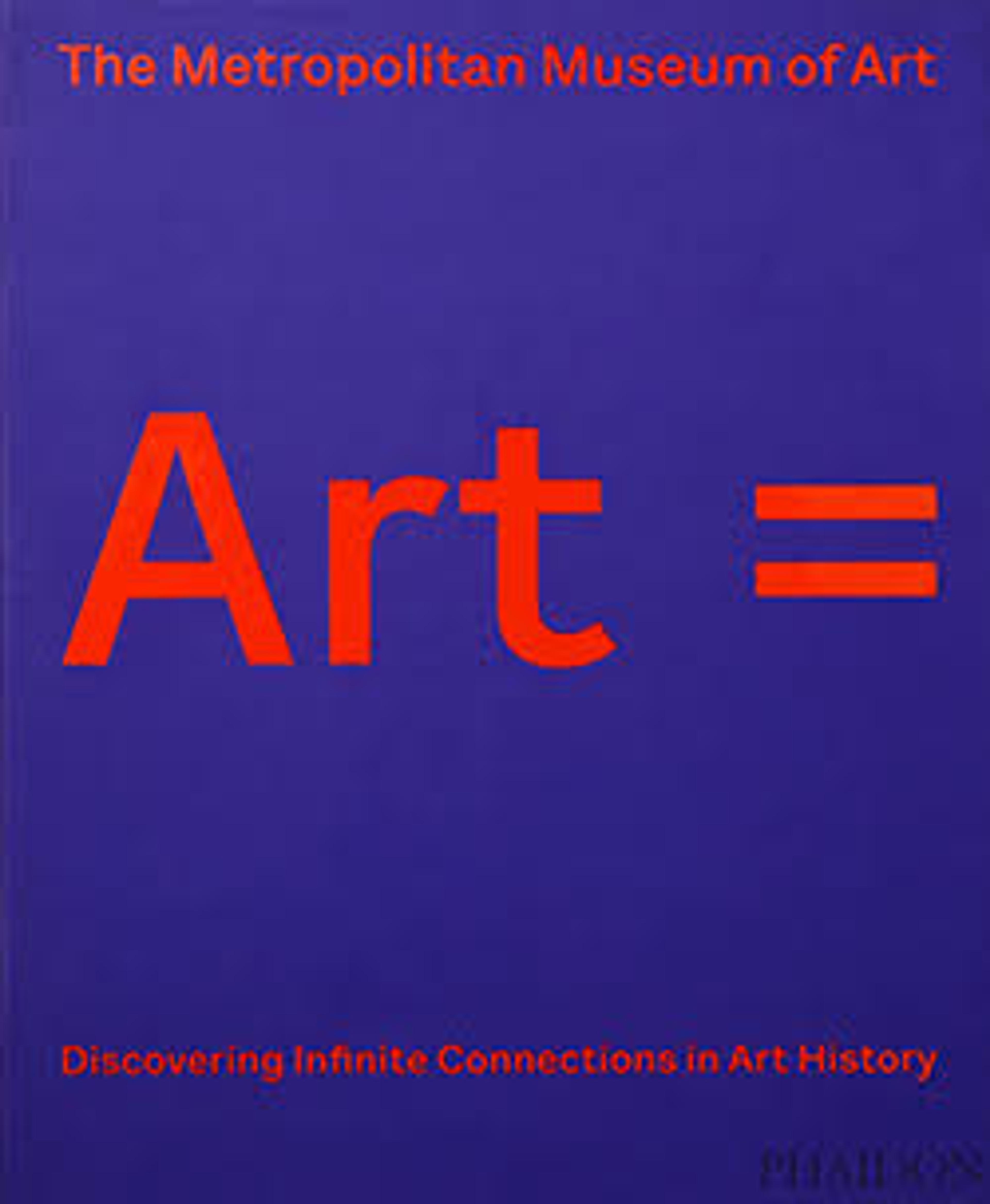Buddha Maitreya (Mile)
Maitreya is worshiped both as a bodhisattva and as a Buddha, for it is believed that once the current cosmic era has destroyed itself, he will be reborn as the teaching Buddha of the next great era. The identification of this figure as the Buddha Maitreya is based on the dedicatory inscription at the back of the base, which dates the sculpture to 486 and states that it was commissioned in honor of the dowager empress Wenming (442–490), who controlled the Northern Wei dynasty during the last three decades of the fifth century.
Artwork Details
- 北魏太和十年 鎏金青銅彌勒佛像
- Title: Buddha Maitreya (Mile)
- Period: Northern Wei dynasty (386–534)
- Date: dated 486 (10th year of Taihe reign)
- Culture: China
- Medium: Gilt bronze with traces of pigment; piece-mold cast
- Dimensions: H. 55 1/4 in. (140.3 cm); W. 24 1/2 in. (62.2 cm); D. 19 1/4 in. (48.9 cm)
- Classification: Sculpture
- Credit Line: John Stewart Kennedy Fund, 1926
- Object Number: 26.123
- Curatorial Department: Asian Art
Audio
7453. Buddha Maitreya (Mile), Part 1
Gallery 208
In this fifth-century representation of the Buddha, his spiritual dimension takes precedence over his physical attributes. The folds of his garment do not drape naturalistically; they are abstracted into flame-like blades. Imagine the figure in a darkened temple, the flickering of lamplight playing across its surface, directing the eye upward to the placid visage, while the larger-than-life hands emphasize the Buddha’s spiritual power.
Buddhism was introduced to China from India through Central Asia around the beginning of the first century AD—and it accelerated during the third and fourth centuries. Buddhist ideas were adapted to the terminology of Chinese Daoist religious beliefs, the worldview familiar in China. For a vivid illustration of the cultural differences of China and India, turn around, and walk into the next gallery. There, in the center to your left, is an Indian Buddha from the Gupta period, dated only a short time earlier than this Chinese depiction. In contrast to the Chinese sculptor’s suppression of physical details, Indian sculptors joined the spiritual qualities of the Buddha with earthly physicality. They emphasized the naturalistic, anatomical details of his body, visible beneath his sheer, rippling garment.
Listen to more about this artwork
More Artwork
Research Resources
The Met provides unparalleled resources for research and welcomes an international community of students and scholars. The Met's Open Access API is where creators and researchers can connect to the The Met collection. Open Access data and public domain images are available for unrestricted commercial and noncommercial use without permission or fee.
To request images under copyright and other restrictions, please use this Image Request form.
Feedback
We continue to research and examine historical and cultural context for objects in The Met collection. If you have comments or questions about this object record, please contact us using the form below. The Museum looks forward to receiving your comments.
